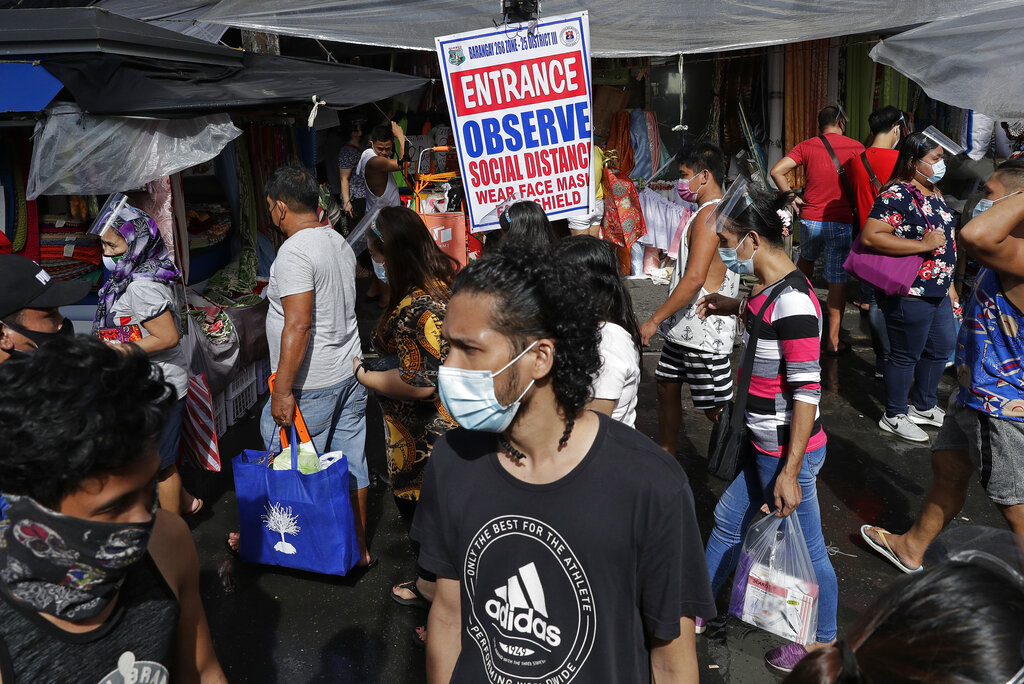
DESPITE a higher-than-expected population in 2020, the Commission on Population and Development (Popcom) believes the country can still achieve a replacement rate by 2025.
Undersecretary for Population and Development Juan Antonio Perez III told the BusinessMirror on Thursday that Popcom initially projected a population of 108.7 million in 2020.
However, on Wednesday, the Philippine Statistics Authority (PSA) reported that as of May 2020, there were 109.035 million Filipinos. This was 8.05 million more than the 100.98 million recorded in 2015.
“Overall, I believe that with the decline in population growth rate continuing, we are on track to have a stable population by 2025 when we expect to achieve replacement fertility,” Perez told this newspaper.
The PSA said the rate of the country’s population growth slowed to 1.63 percent in the 2015 to 2020 period compared to the 1.72 percent recorded in the 2010 to 2015 period.
However, Perez said, monitoring the 2021 birth rate will be crucial in achieving replacement rate by 2025. Bringing down the total fertility rate is necessary for reaping the demographic dividend.
Ideally, Perez said, there should only be 1.5 million to 1.6 million births by the end of 2021. This is the best-case scenario for the Philippines.
Perez said the worst case would be for the country to register 1.8 million to 1.9 million births at the end of 2021.
“We are closely monitoring the birth rate this year which will be crucial,” Perez told the BusinessMirror.
Perez said the projection of the Popcom for 2020 was only “a couple of hundred thousand” less than the actual number.
He said the higher population figure for 2020 relative to their expectation may have been due to the later-than-usual conduct of the census due to the pandemic.
It may be noted that the PSA had to wait until mobility restrictions were eased before allowing enumerators to continue their data collection for the decade census or the Census of Population for 2020.
“This census was also conducted a bit later than the regular census, so that may have been a factor. In the second to the last census, 2015, we had a count that was at least half a million lower than expected,” he explained.
PSA said Region A4 or Calabarzon had the biggest population in 2020 with 16.195 million, followed by the National Capital Region (NCR) with 13.48 million and Region 3 or Central Luzon with a population of 12.42 million.
The region that saw the highest increase was also Calabarzon, which recorded a 1.78-million increase in its population in 2020 from 14.41 million posted in 2015.
In terms of growth rate, PSA said the fastest-growing region was the Bangsamoro Autonomous Region in Muslim Mindanao (BARMM) with an annual population growth rate (PGR) of 3.26 percent from 2015 to 2020. However, Region 8 or Eastern Visayas posted the lowest PGR of 0.50 percent.

